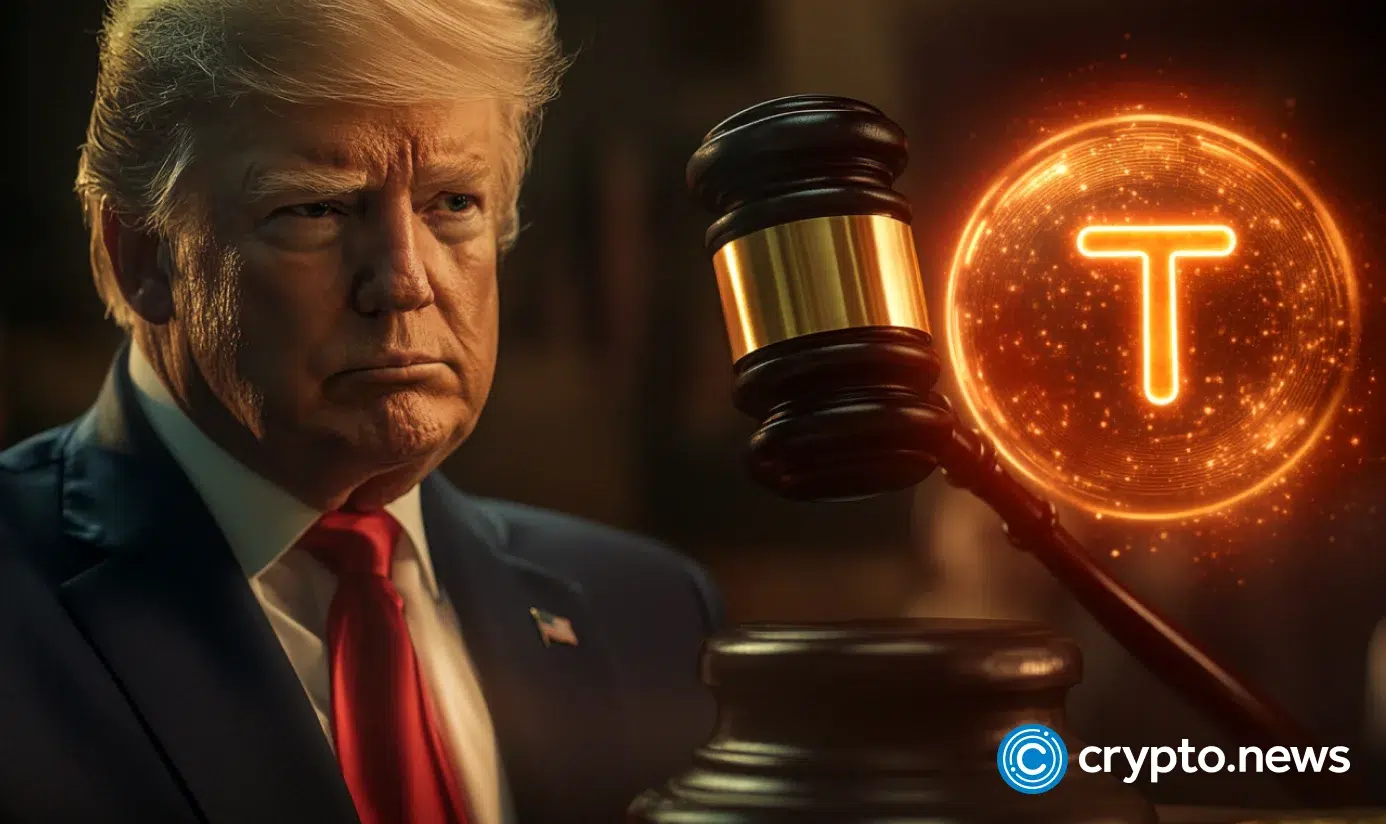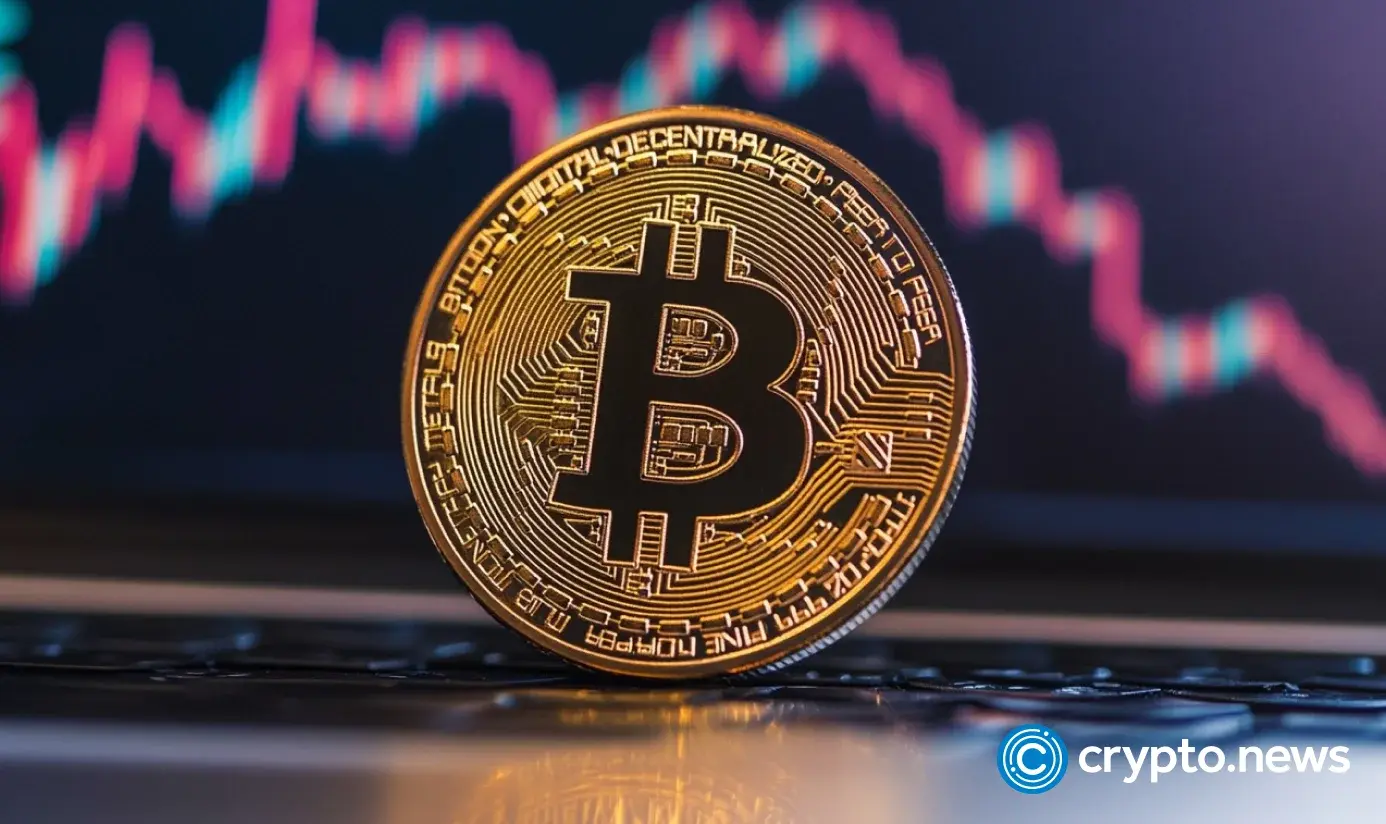Xi wants to boost China's advanced manufacturing prowess. Trump may not like it
Beijing's renewed commitment to advanced manufacturing could run counter to Trump's core demands in the ongoing trade talks.

A Commercial Aircraft Corp. of China (Comac) C919 aircraft under assembly at the Comac Shanghai Research and Development Center on May 4, 2017.
Bloomberg | Bloomberg | Getty Images
Forget the factory lines for socks, sneakers and T-shirts. U.S. President Donald Trump wants to boost the domestic production of high-tech products, and not apparel or footwear, he told reporters Sunday.
However, China is doubling down on its efforts to bolster advanced manufacturing, which could put both countries on a collision course.
Just last week, Chinese President Xi Jinping reaffirmed his plans for manufacturing-led growth during a visit to the northern province of Henan, pressing ahead with a strategy long criticized by the U.S. and major trade partners for deepening global trade imbalances.
Xi told workers at a state-owned ball-bearing factory that self-reliance in advanced manufacturing is "the right path" for China and the "backbone" of its economy, according to an official statement.
The manufacturing sector contributed to over 25% of China's GDP in 2023, according to the World Bank. While China's push to expand its manufacturing capabilities is part of its goal to achieve self-reliance, especially in high-tech sectors, this could run counter to the Trump administration's core demands in the ongoing trade talks, experts warn.
Trump wants China to address the trade imbalances and has slammed Beijing for providing enormous amount of state subsidies to Chinese companies, thereby distorting competition.
However, there is "little scope" for China to budge and scale back its manufacturing-led strategy, which is closely tied to Beijing's drive for self-reliance, said Allan von Mehren, China economist at Danske Bank.
"I'm not too optimistic on a big deal between the U.S. and China," Mehren said, anticipating U.S. tariff rates on Chinese goods to hold at around 40%.
The "Made in China 2025" ten-year plan, released in 2015 — two years after Xi came into power — aimed to transform China into a leading high-end manufacturer, from electric vehicles and commercial aircraft to semiconductors and robots.
The Center for Strategic and International Studies estimated in a 2022 report that China's spending in funding favored industries amounted to at least 1.73% of its GDP in 2019, significantly higher than the U.S., which spent 0.39% of its GDP on industrial support in 2019.
These include direct grants and tax benefits to its prized sectors, with nearly all large, listed Chinese firms receiving some form of state subsidies, according to economic consulting firm Rhodium Group.
Despite the support, China missed several key targets from its ten-year plan, including those for aerospace and high-end robots, and fostered unhealthy industrial competition that worsened global trade tensions, according to the European Chamber of Commerce in China.
Trade rebalance unlikely
U.S. Treasury Secretary Scott Bessent, in an interview with CNBC earlier this month, sounded optimistic about reaching a middle ground with China: "We need more manufacturing, they need more consumption, so there is a chance to rebalance together, we'll see if that's possible."

But it remains unclear whether Bessent will make that a priority during the ongoing trade negotiation with Beijing as part of the 90-day trade truce.
The U.S. trade deficit with China is unlikely to "narrow substantially," Jing Wang, China economist at Nomura, and the team said in a note. They expect Beijing to reduce its reliance on U.S. imports and for American manufacturers to take years to shift manufacturing onshore and find suitable alternatives.
"As the U.S. is the most buoyant consumer market worldwide, a sudden flood of cheaper Chinese goods to the rest of the world will inevitably spark global backlash," Wang added.
Dumping anxiety
China's continued industrial push and ramped-up exports are stirring anxiety in non-U.S. markets and inviting fresh trade barriers.
As the specter of U.S. tariffs loomed at the start of the year, Chinese toy manufacturers in Yiwu city, a manufacturing hub, rushed to redesign Santa Claus figurines with rounder faces and blue eyes in hopes of appealing more to European consumers.
Workers make red Santa Claus hats for export at a factory on April 28, 2025 near Yiwu, Zhejiang Province, China.
Kevin Frayer | Getty Images News | Getty Images
But their search for new markets to compensate for the opportunities lost in the U.S. is stirring anxiety in Europe, said Nick Marro, principal economist at Economist Intelligence Unit.
"By the end of this year, it's not just U.S.-China tensions that we need to watch, it's going to increasingly be EU-China tensions ... And it's no longer just going to be about electric vehicles [but] across a whole wide range of different products," Marro added.
Top finance officials from G7 nations, led by the U.S., convened last week to discuss steps to address overcapacity and unfair trade practices — "with a clear aim of curbing China's export saturation," said Wang Dan, China director at Eurasia Group.
These moves could still be interpreted in Beijing as a "deliberate provocation" and prompt it to use other ways to create headaches for foreign businesses eyeing the Chinese market.
"Delays in licensing, exclusion from local incentive schemes, or tighter oversight may follow if tensions rise in other areas of the bilateral relationship," Eurasia's Wang said.
China's grip on low-end manufacturing could also undercut manufacturing in developing nations, according to Leah Fahy, China economist at Capital Economics.
For example, India's share of global exports in furniture, toys and games has stagnated in recent years, while garment exports declined. China widened its lead for these goods in the same period.
India, Vietnam and Indonesia have imposed various protectionist measures to provide some relief for domestic producers from intense price competition, particularly in sectors facing overcapacity, cheap imports.
That said, some argue that excess Chinese capacity could offer a silver lining for inflation-weary economies by easing price pressures.
"China is going to be exporting deflation to the rest of the world," said Marro, noting that for markets with limited manufacturing bases, like Australia, cheap Chinese imports could ease the cost-of-living crisis and help bring down inflationary pressure.

Weekly analysis and insights from Asia's largest economy in your inbox
Subscribe now
No easy fixes
Economists at home and abroad have called on Beijing to shift to a consumption-led model and reduce reliance on manufacturing, a strategy widely blamed for deepening deflationary pressure in the economy.
Chinese customs data in April offered a fresh reminder of the imbalance between China's productive capacity and its domestic demand. Its trade surplus hit a record high of $992.2 billion last year, driven by persistent imbalances with major partners including the U.S., the European Union and Southeast Asia.
The Chinese leadership has stepped up its support, aiming to divert U.S.-bound goods to sell to domestic consumers. But convincing consumers, wary of income and job prospects, to spend again has proven to be a challenging task.
China's retail sales growth slowed to 5.1% in April, missing economists' expectations, with automobile sales lagging significantly, growing just 0.7% from a year earlier, compared with a 5.5% jump in March.
Huge waiting lines are seen in front of jewelry retailer stores at Yu Garden in Shanghai, China, on May 17, 2025, as the city offers consumption vouchers to stimulate consumer spending.
Nurphoto | Nurphoto | Getty Images
Beijing's shift toward a more consumption-led model will see a "very slow reform momentum," said Louise Loo, lead economist at Oxford Economics, forecasting consumption to account for half of China's economy only by mid-century, well below the 70% shares seen in the U.S.
However, Xi's focus on manufacturing is not entirely unjustified, as Washington is likely to maintain a firm grip, restricting Beijing's access to more advanced technology.
"The Trump administration, by treating China as the most potent near-peer adversary, would make the yard bigger and fence higher," Nomura's Wang said. The "small yard, high fence" was a strategy adopted by the Biden administration aimed at safeguarding a narrow set of critical technologies (small yard) with tough and extensive restrictions (high fence), while maintaining normal economic exchange in other areas.
"Strategic decoupling remains inevitable on national security concerns," Wang added.
— CNBC's Evelyn Cheng contributed to this story.

 Aliver
Aliver 



















![The 2026 AI Search Benchmark Every SEO Leader Needs [Webinar] via @sejournal, @lorenbaker](https://www.searchenginejournal.com/wp-content/uploads/2025/11/1-259.png)












